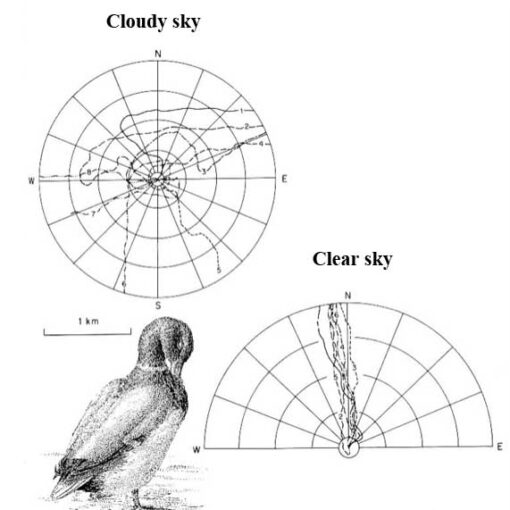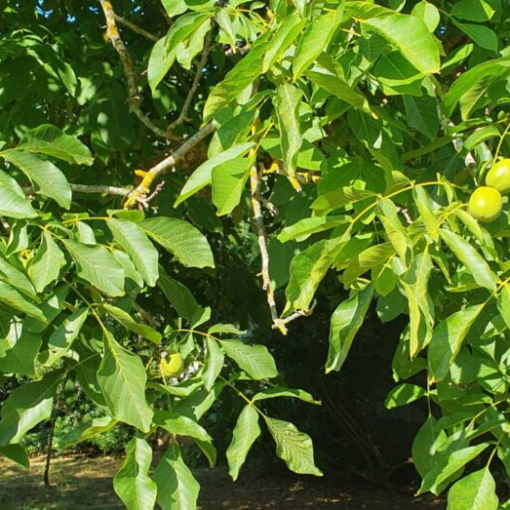
…. Thus amidst this immensity lies my thought: and TO shipwreck is sweet to me in this sea.
Giacomo Leopardi’s twenty-one-year-old sea, however, was not water, it was the representation of that infinity that was the silence, the eternal, with which the poet measured the reasons and absurdities of life.
And if the sea of Ulysses may seem more true because it is made of water and storms, it is less its inhabitants: Sirens, Cyclops and Maghe. But Ulysses was unpopular to Juno and Venus because he had been the architect of the defeat of Troy and then again to Neptune, father of the Cyclops, whom he had mocked. And here, before reaching the beach of his Ithaca, the sea for Ulysses becomes a prison and expiation, a place of monsters and magic, of dangers and adventures, a measure of courage and wisdom.
Meanwhile Enea too, the defeated, wanders in search of a new homeland. And only after having passed the hard tests, will reach the new and deserved beach.
The beach, as a boundary between the land and the sea, as a place where the land embraces the sea, is the landing point to which those who have lived the adventure of the sea and the starting point to live it; the place of fear and hope of those awaiting an arrival from the sea; the place where your forehead is wrinkled and you put a hand over your eyes to scan the horizon even if you do not expect anyone, because that great mass of salt water will never cease to attract and intimidate us, to seduce us and scare us.
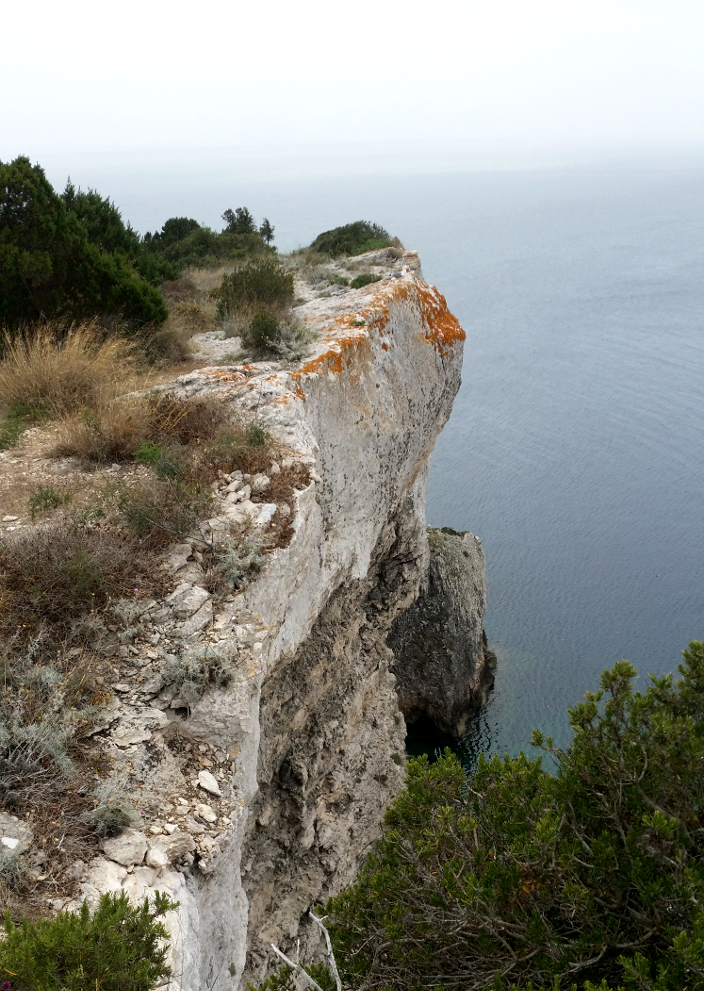
The steep and wild coasts are interrupted by some bay, some hospitable inlet where a beach is ready to welcome ships damaged by storms or shipwrecked. The beach itself seen from the earth is the beginning of the unknown towards which we are driven by our insatiable curiosity. So the beaches become the crossroads of strong feelings, children of real and imaginary stories.
Even in fairy tales, the beaches are the scene of extraordinary events. Pinocchio, after having found Mastro Geppetto in the belly of a whale, lands on a beach to set off towards a happy ending. This is not the case with the young Little Mermaid, who after sacrificing her tail and tongue for the love of the Prince, begins and ends her terrestrial adventure on a beach. On land, she will learn to cry and sacrifice herself, until she becomes sea foam.
But a beach is not just a point of departure or arrival for people, emotions and feelings; it is also a receptacle for objects brought from the sea, silent witnesses of facts and stories. Walking along the shoreline and while we collect shells, we cannot help but wonder where all those pieces of wood and those thousand things that clutter up the beaches in winter come from.
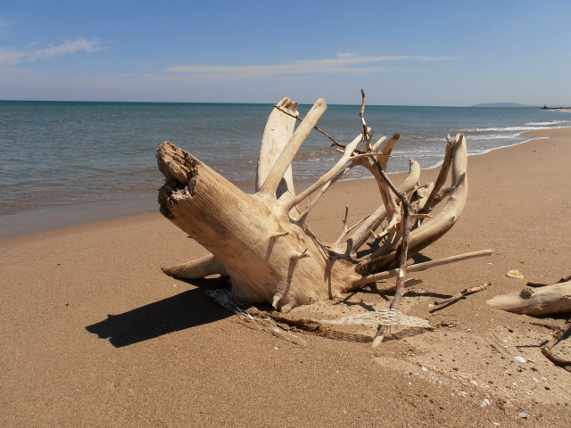
Trying to reconstruct the path made by some objects, on which we can read the place of origin, can mean investigating the routes of merchant ships and sea currents. The examination of the “natural objects” deposited by a storm can tell us a lot about the state of the seabed overlooking the beach on which we are staying: a multitude of shells, all of them the same, belonging to species that well tolerate the presence of pollutants is undoubtedly disheartening, while a great variety of shells, tufts of algae and posidonia or zostera suggest that you can bathe in those waters with peace of mind.
And here a beach has become the means to learn about natural stories and the ecological status of coastal environments through live organisms or beached spoils (those “rags” so dear to the Vàgeri poets of Versilia), and here we can begin to examine whatever lives in that strip of sand or rocks between the earth and the sea and how it is made. To do this, however, we must not try to ignore the emotional impact that these environments give us every time we visit them. Understanding how the mechanism of the waves or the movement of the dunes works, will not make us indifferent to the magnetic fascination that the roaring waves exert on us as they unwind at our feet in a tumult of foam and spray, nor will it prevent us from feeling a little shipwrecked as we wander aimlessly through the dunes. In short, let’s not let knowledge stifle the imagination!
And, like the coasts, let us let be at the mercy of the tide … Why? Because the coming and going of the waves pushed by the wind shape the coasts, whether they are sand or rock. The beach is a border environment, which is greatly affected by the “decisions” of storm surges and tides, and the same can be said, on a smaller scale, of a cliff; here we can see the similarity. And we also know, alas, that a coast is greatly affected, I would say too much, by the decisions of our species, which so has often ignored the simplest issues of environmental protection and conservation for ….. an extra sun-shade!
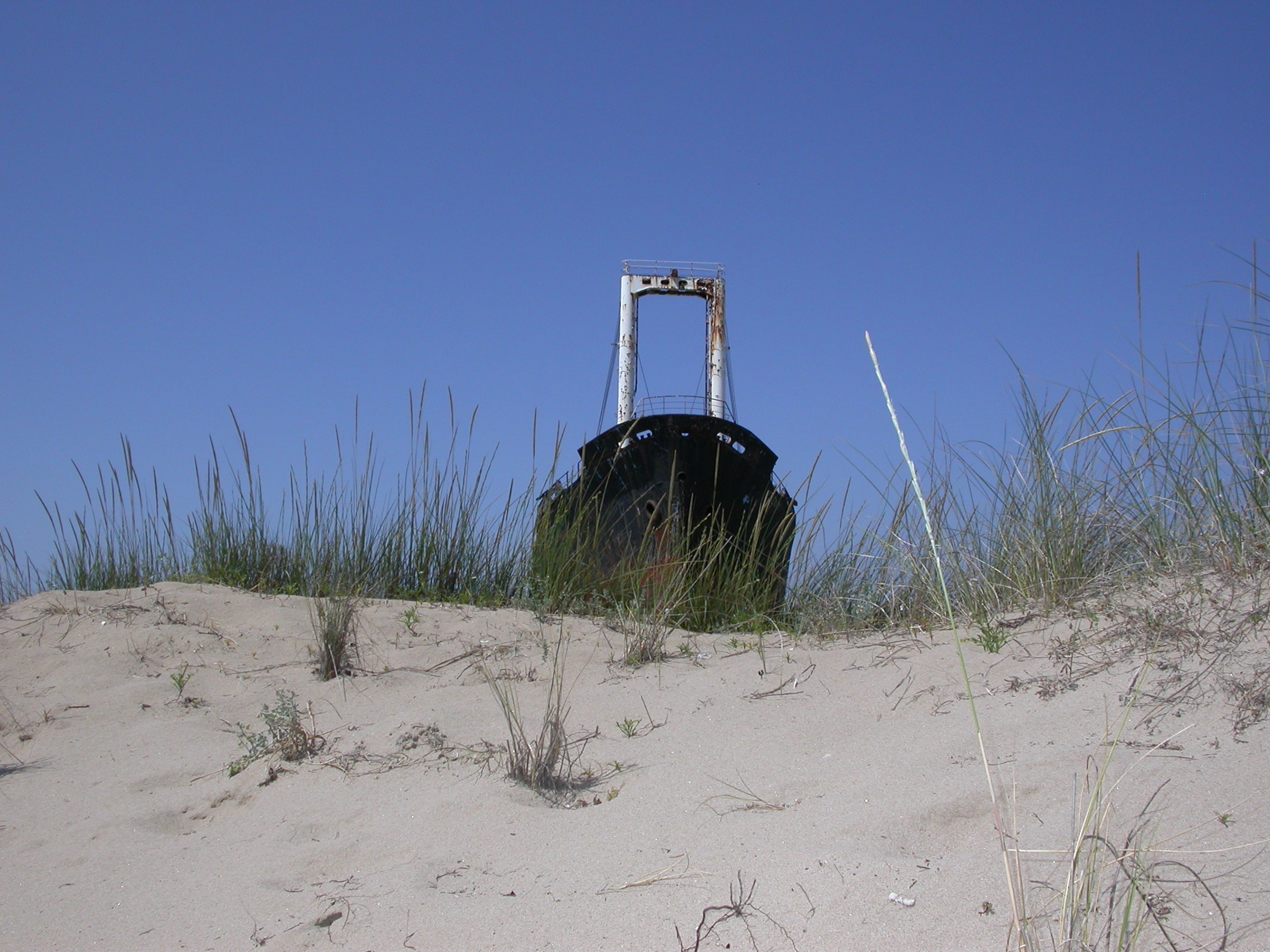
Credits:
Author: Anna Lacci is a scientific popularizer and expert in environmental education and sustainability and in territory teaching. She is the author of documentaries and naturalistic books, notebooks and interdisciplinary teaching aids and multimedia information materials.
Translation by Maria Antonietta Sessa

